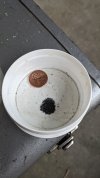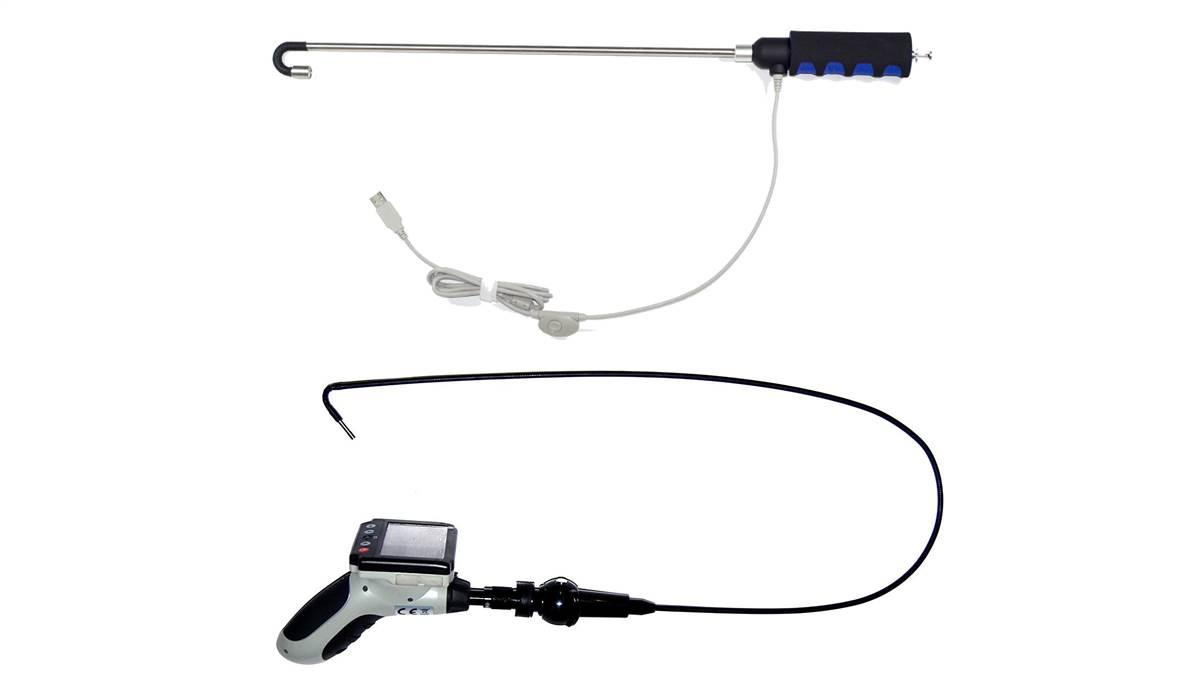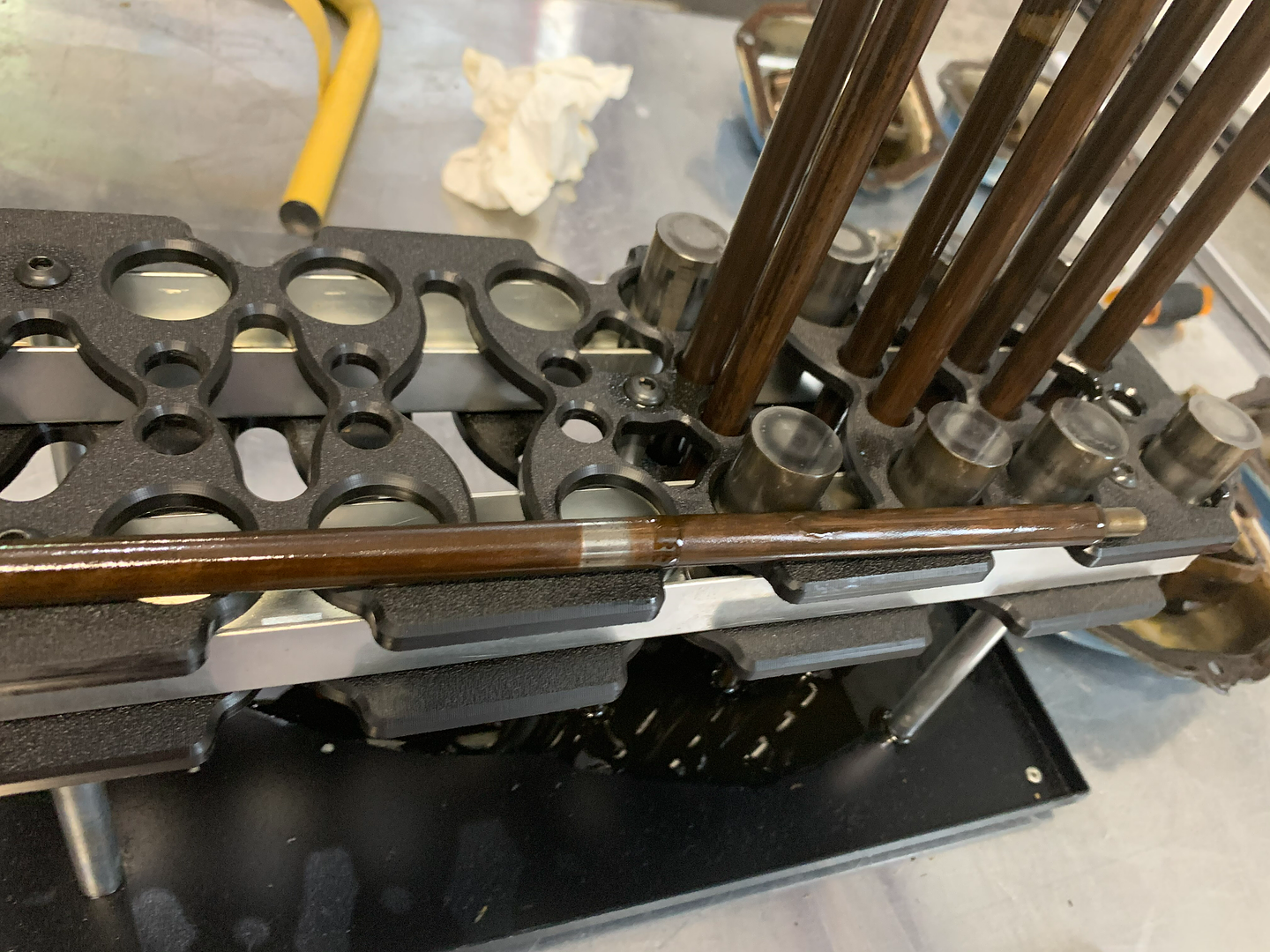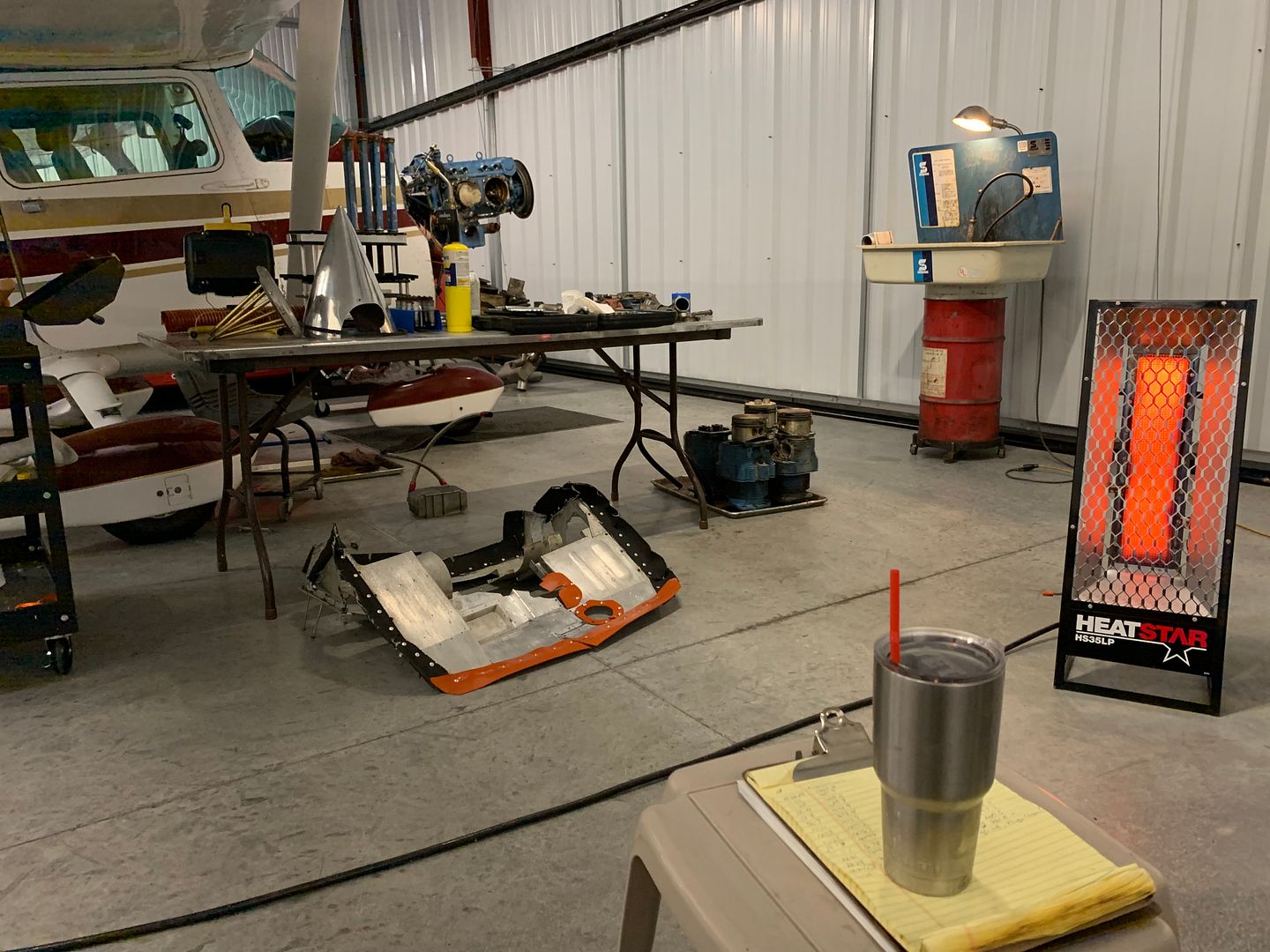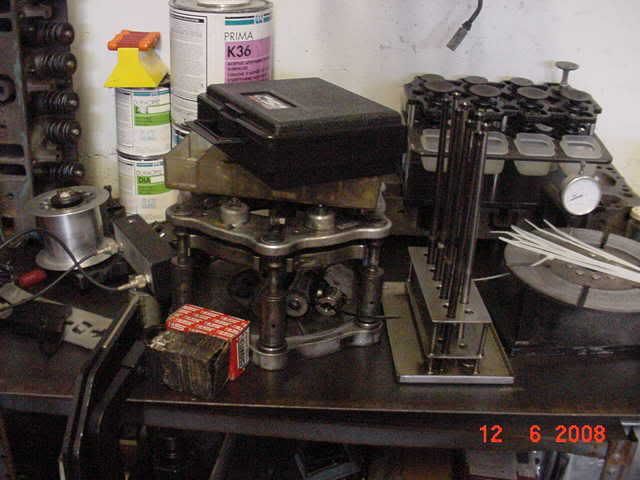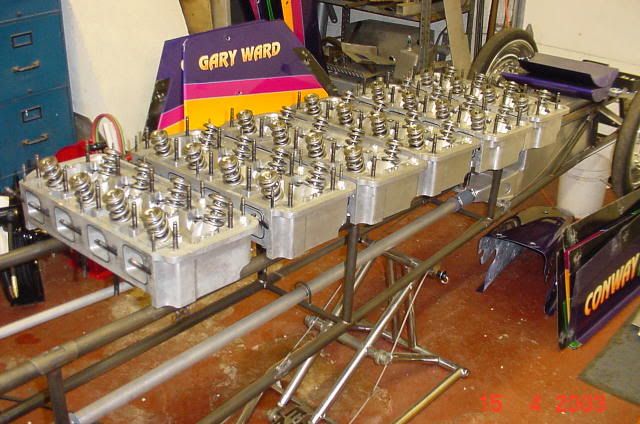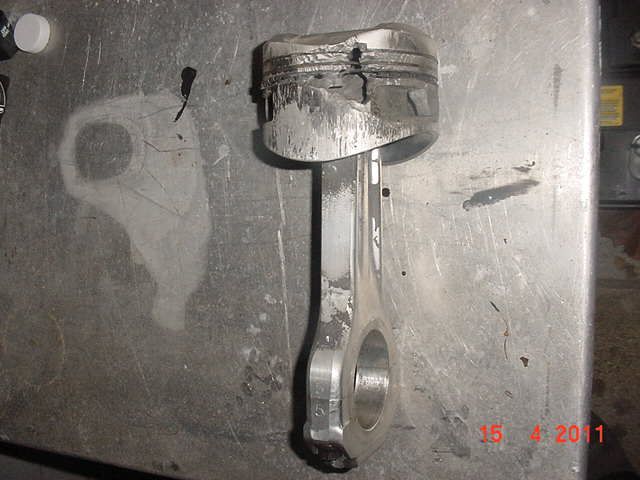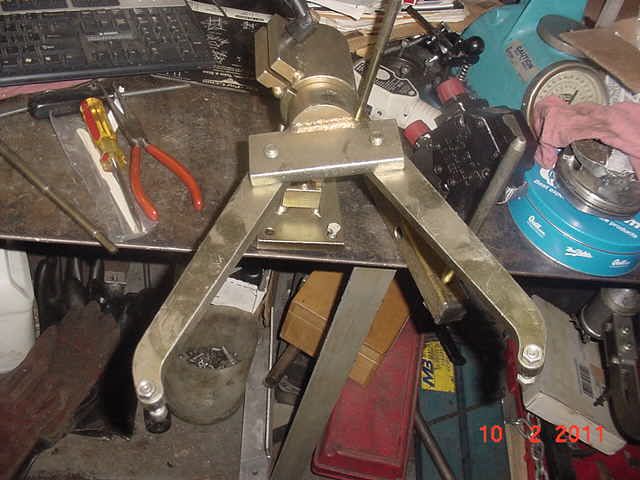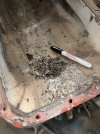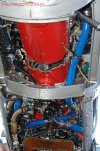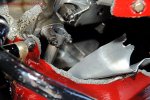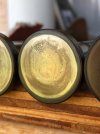Flyhound
Pre-takeoff checklist
Uggghhh! At my last oil change, I cut my oil filter open as I always do, but this time, there were shiny specs all over the filter media. I washed the filter paper in solvent and collected the resulting "debris". There was a little less than 1/4 teaspoon of ferrous metal in the leftovers. My engine is a Lycoming O-360-C1F and has well over 2,000 hours on it, so I was ready for something bad to happen despite having good compressions on all 4 cylinders, little oil consumption, and good power. I've ordered a rebuilt engine from LyCon, and the delivery time is 6-8 months. That was as good as any reputable shop could offer, so I'll live with it. The question is what to do while waiting for the new engine. I followed the Lycoming instructions to change the oil and fly again for 10 hours. I've done that and there was still ferrous metal in the filter, but less this time (10 hours run time versus 30). There is still well under the 2 teaspoons that requires grounding the plane. What's my move? Oil pressure is fine and the engine still runs smoothly. Do I keep flying until I have 2 teaspoons of metal, or do I quit until the new engine arrives? Is there a way to tell where the metal is coming from? If it's the cam, it isn't likely to result in a catastrophic failure, but if the metal is coming from a wrist pin (also ferrous) it could result in a seized engine. The metal debris looks hairy in this shot because there is a magnet under the plastic cup. 